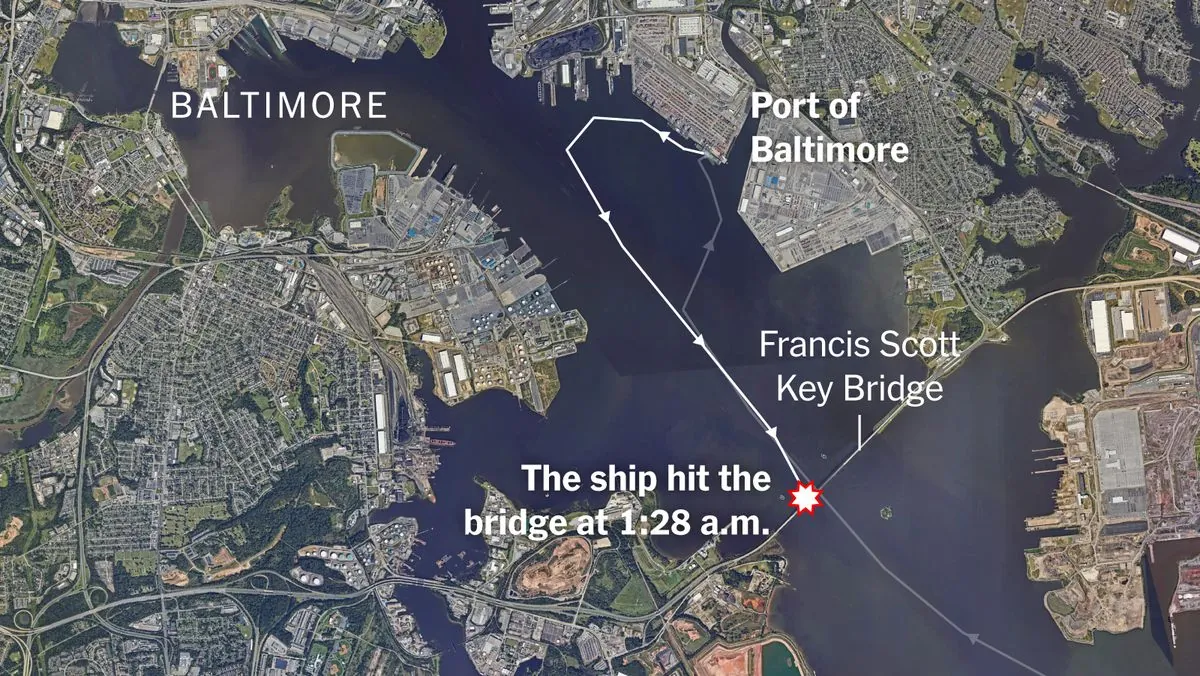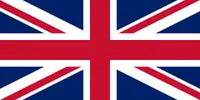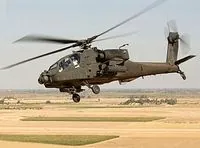West Considers Allowing Ukraine to Use Storm Shadow Missiles in Russia
Western nations contemplate lifting restrictions on Ukraine's use of Storm Shadow missiles against Russian targets. The decision, influenced by Iran's arms supply to Russia, could significantly impact the ongoing conflict.

The Western allies are contemplating a significant shift in their support for Ukraine by potentially lifting restrictions on the use of Storm Shadow missiles against targets within Russian territory. These Anglo-French low-observable air-launched cruise missiles, with a range of approximately 560 km, have been in Ukraine's possession for months but remained unused due to US-imposed limitations.
Joe Biden is scheduled to meet with Sir Keir Starmer in Washington on Friday to discuss the strategic implications of this potential decision. The meeting comes in the wake of Iran's recent shipment of ballistic missiles to Russia, which has altered the balance of power in the region.
The Pentagon's previous reservations about the Storm Shadow missiles stemmed from concerns about their range and the potential for escalating the conflict. However, the changing dynamics of the war have prompted a reassessment of this stance.

Volodymyr Zelensky, who became President of Ukraine in 2019, has been advocating for the ability to strike military targets deep within Russia. His requests extend beyond the Storm Shadow missiles to include German-made Taurus KEPD 350 cruise missiles and the use of F-16 Fighting Falcon jets for offensive operations.
Ukraine's argument for these weapons is rooted in self-defense. Zelensky contends that these assets are crucial for neutralizing Russian missiles, guided aerial bombs, and alleviating pressure on key front lines. The proposed targets include air bases, logistical hubs, command centers, and troop formations.
"These are defensive weapons since they can knock out Russian missiles and guided aerial bombs, as well as countering pressure on key front lines."
It's important to note that Ukraine has already taken steps to bring the fight to Russian soil, with reports of Ukrainian troops crossing into the Kursk region. This move, coupled with the potential use of long-range Western missiles, could mark a significant escalation in the conflict.
The decision to allow Ukraine to use Storm Shadow missiles against targets in Russia is not without its complexities. NATO, founded in 1949, faces internal divisions on this issue, particularly with Germany's reluctance to supply Taurus missiles. The alliance must present a united front in anticipation of Russia's potential response to these developments.
As the conflict approaches its third year, the international community watches closely. The actions taken by Western allies in the coming days could have far-reaching consequences for the future of the war and the broader geopolitical landscape.


































